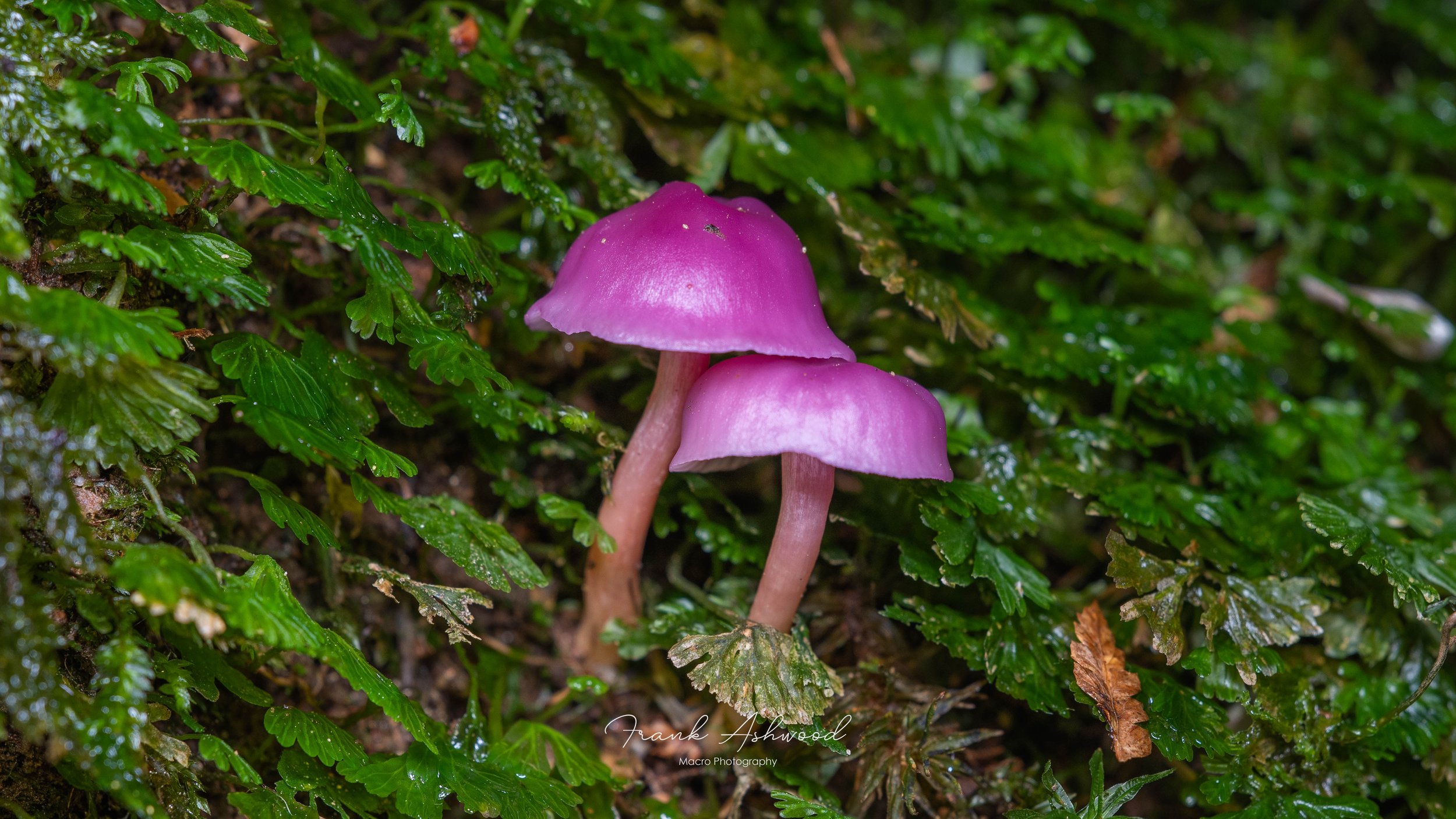Microbes
I’m being a little lazy here, and lumping all ‘single celled’ soil organisms together under the banner of ‘microbes’ - mainly because most are so small I’ll never photograph them! For example, Bacteria are only around 2-8 micrometres in length, so way beyond the capabilities of a macro lens. They’re a hugely diverse and important domain of life found in all soil habitats, and are responsible for a great deal of the nutrient cycling within soils - breaking down a vast range of organic materials and facilitating the release and recycling of essential chemicals. They’re also noteworthy symbionts - forming mutualistic relationships with other organisms, for example, nitrogen-fixing bacteria associating with plant root systems. In fact, those chunky root nodules are probably the only photos of bacteria that I’m likely to be able to shoot with a camera! Other occasionally visible microorganisms include the Protists, particularly the ‘slime moulds’. Most of the time, slime moulds live as single celled organisms, however some will occasionally perform an astonishing feat of cooperation - gathering together en-mass as a collective ‘organism’ to form structures such as fruiting bodies. They may resemble fungi, but are truly a unique group of amoebozoa. Speaking of Fungi, these are the more visible group of soil microorganisms - ranging in size from unicellular to the largest organism on earth. As decomposers, Fungi are up there with Bacteria in terms of importance for facilitating nutrient and chemical cycling in soils. Many Fungi go a step further, and form mutualistic symbiotic relationships with plants, in which they colonise the roots and exchange nutrients for sugars. Fungal fruiting bodies are generally the most visible part of soil fungi, which otherwise exist as a network of hyphae, forming a mycelium hidden within the soil.
If you find yourself wanting to learn more about these amazing microorganisms (and there’s so much more to learn!), do check out the Global Soil Biodiversity Atlas entries for Fungi here, Bacteria here, and Slime Moulds here.
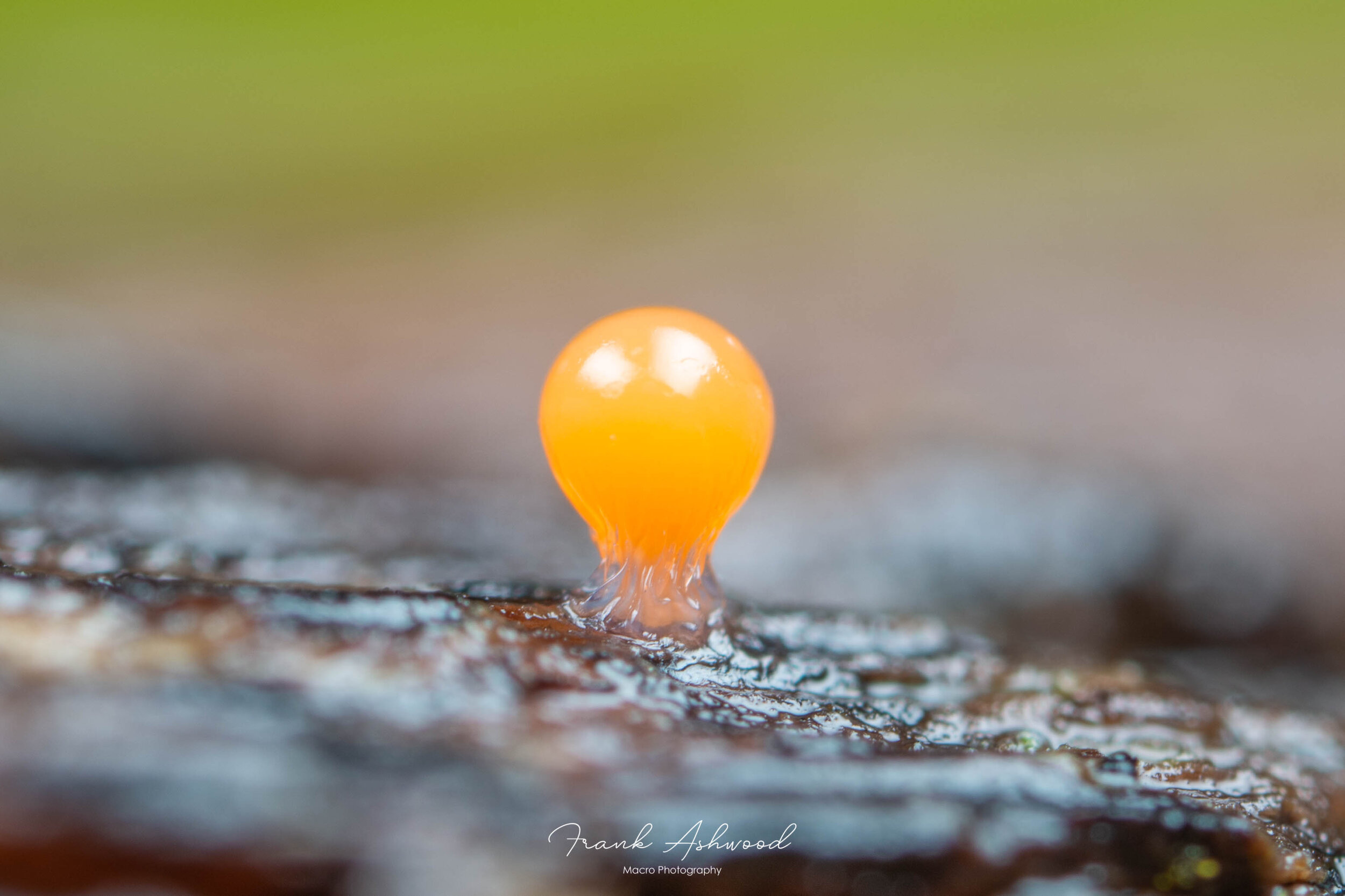
Slime mould fruiting body

Slime mould fruiting bodies

Slime Mould (Stemonitis sp.)

Bird's Nest Fungi (Crucibulum simile)
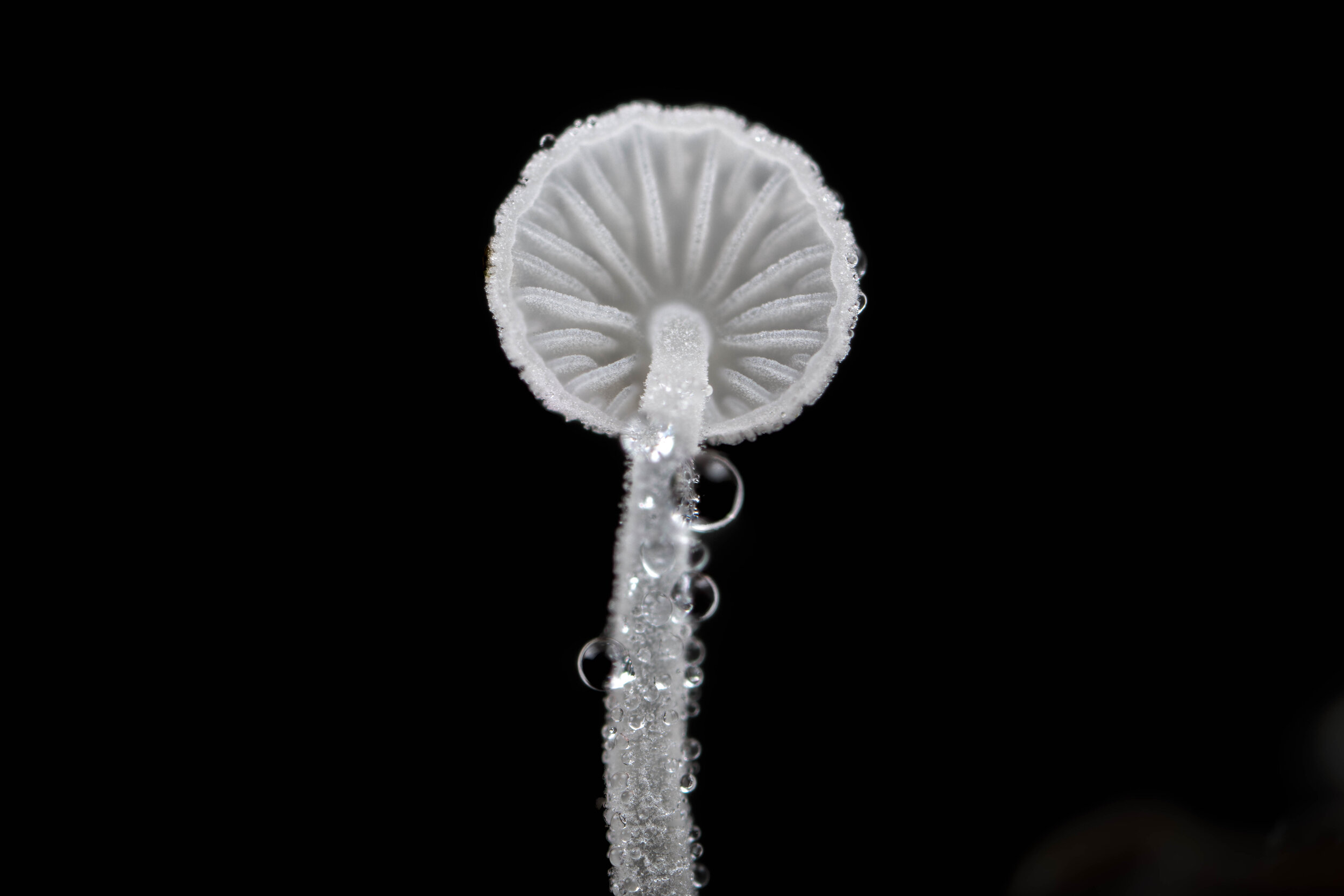
Decay fungi fruiting body

Entomopathogenic fungi growing from a spider host
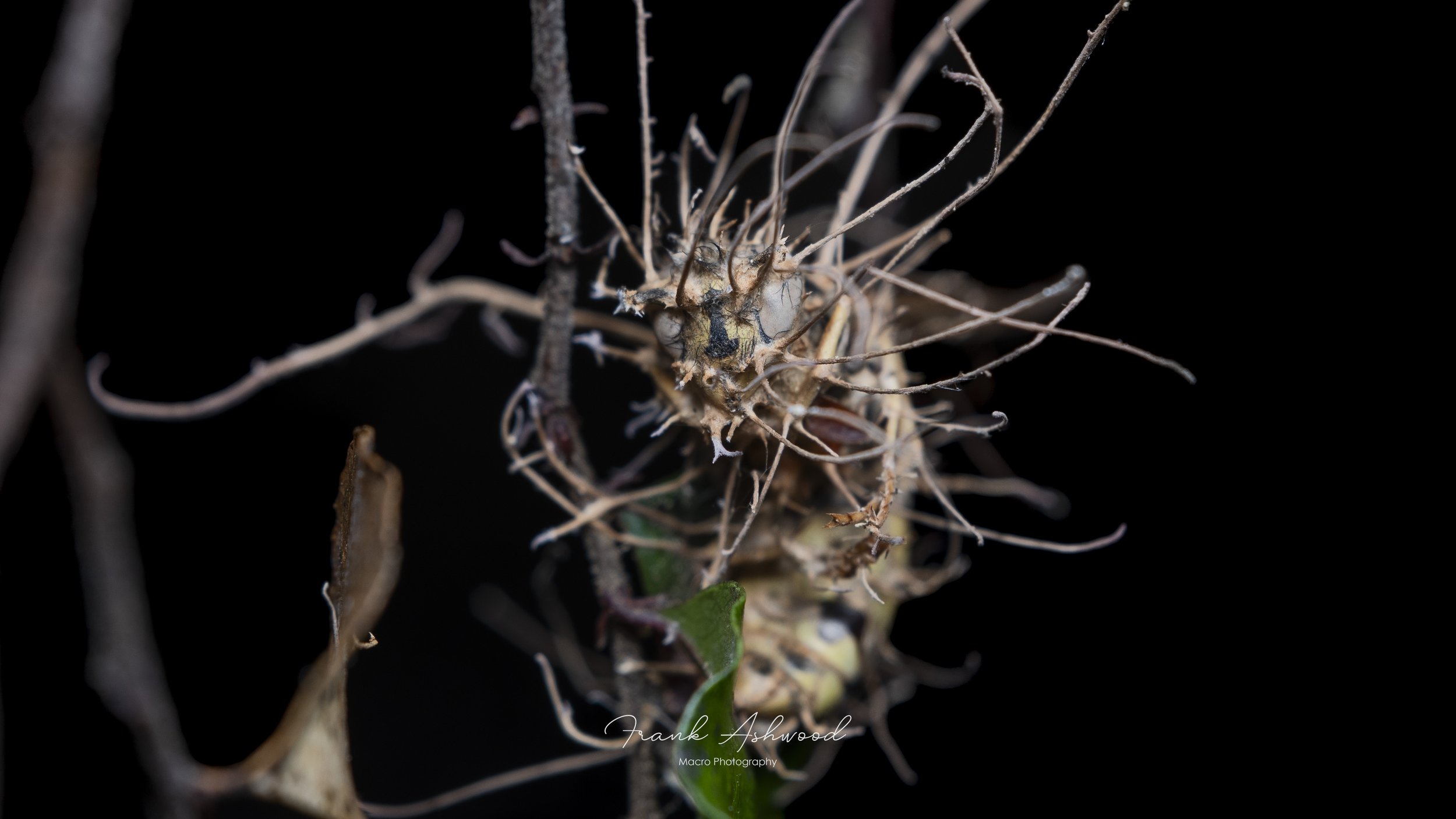
Vespula wasp infected with Ophiocordyceps humbertii

Vespula wasp infected with Ophiocordyceps humbertii
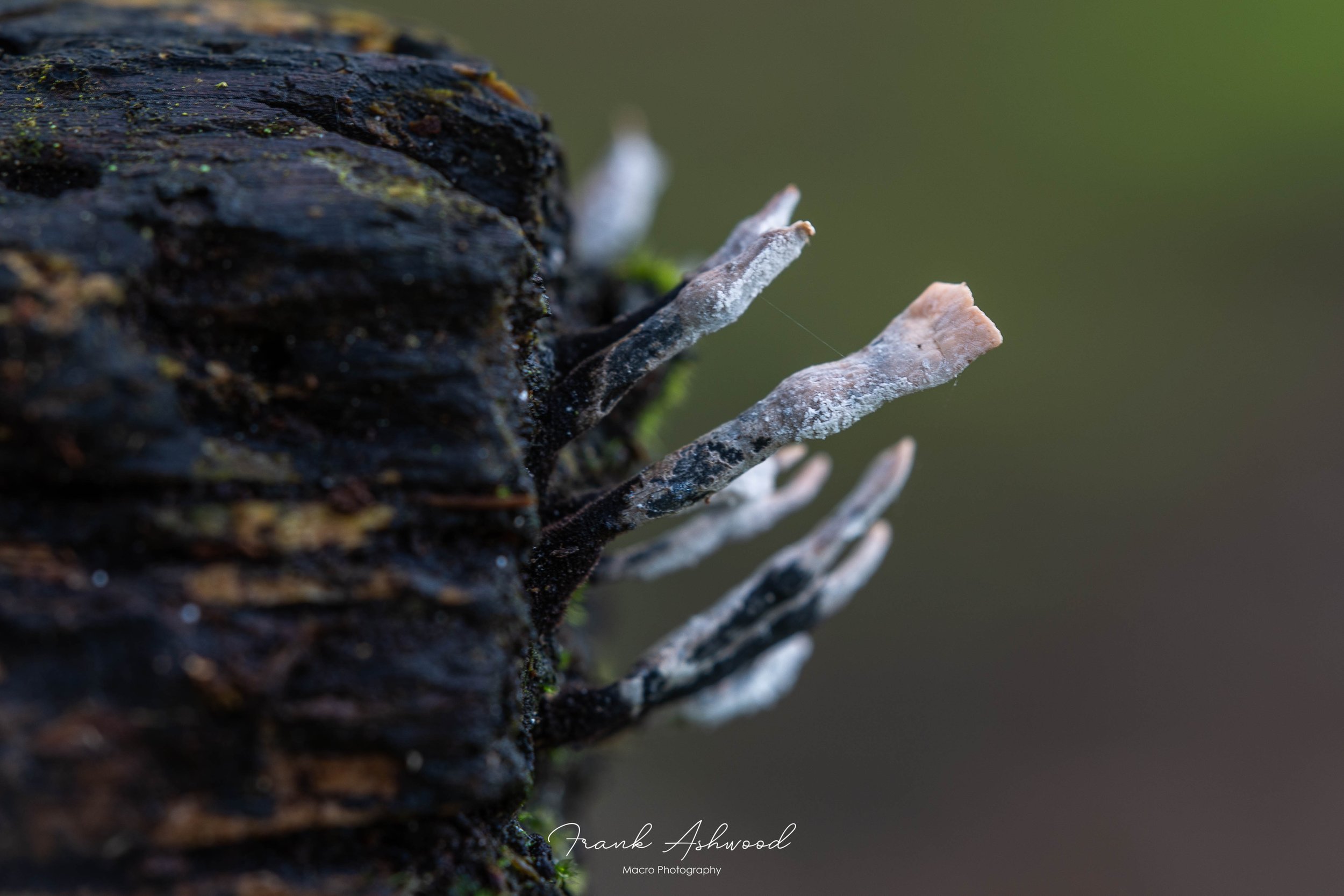

Bacterial root nodule

Slime mould fruiting body
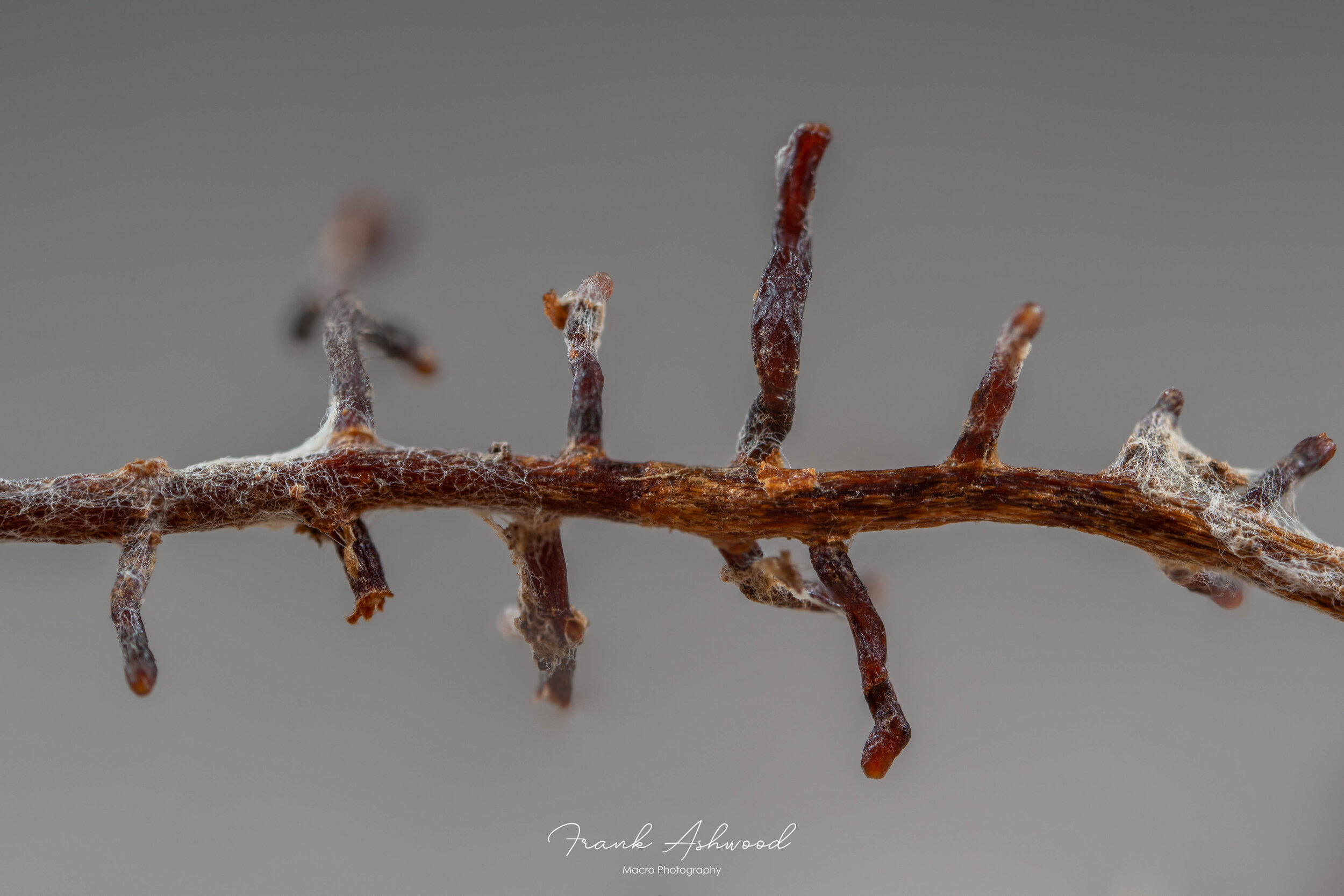
Ectomycorrhizal fungi on Scots pine root (Pinus sylvestris)
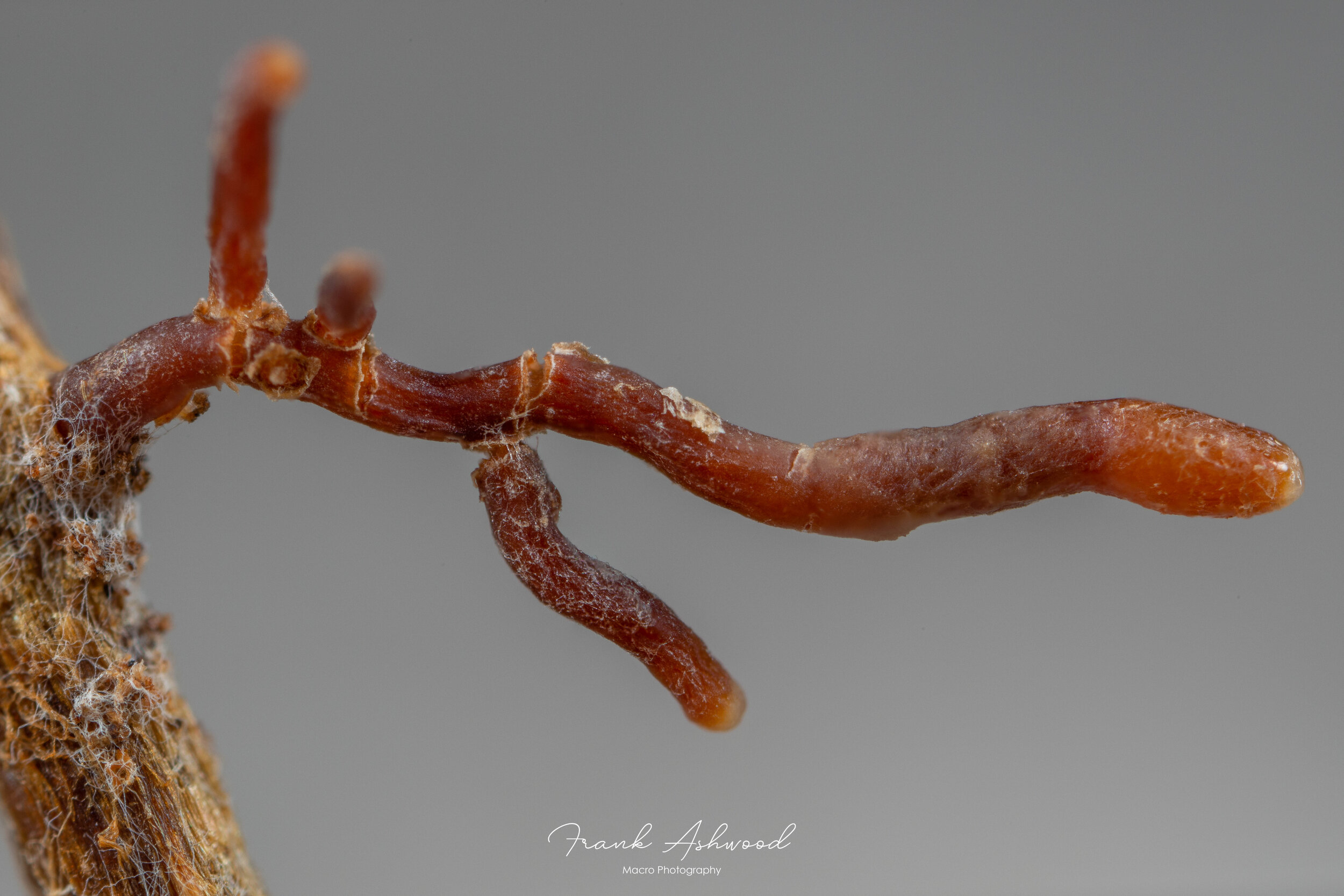
Ectomycorrhizal fungi on Scots pine root (Pinus sylvestris)
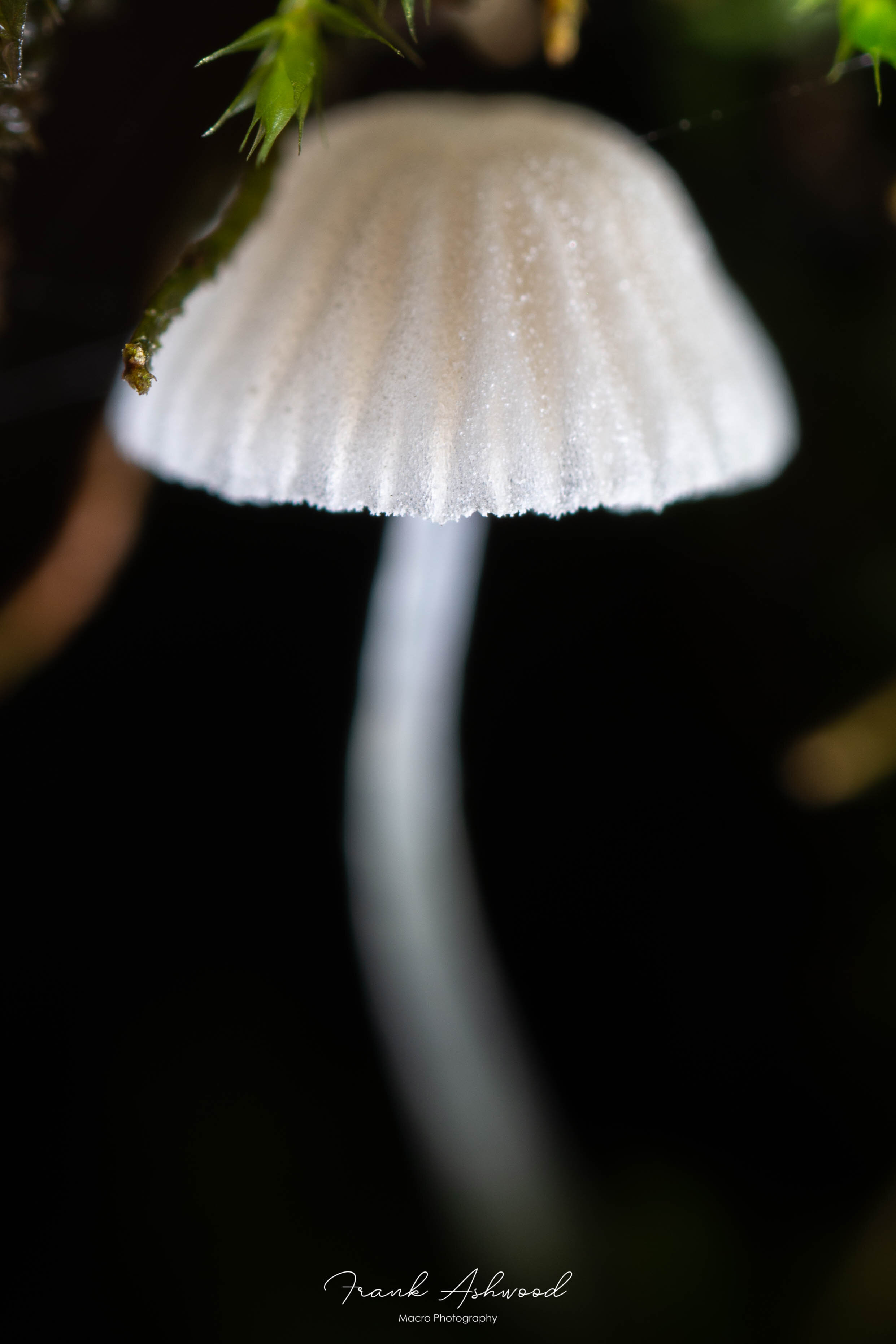
Decay fungi fruiting body
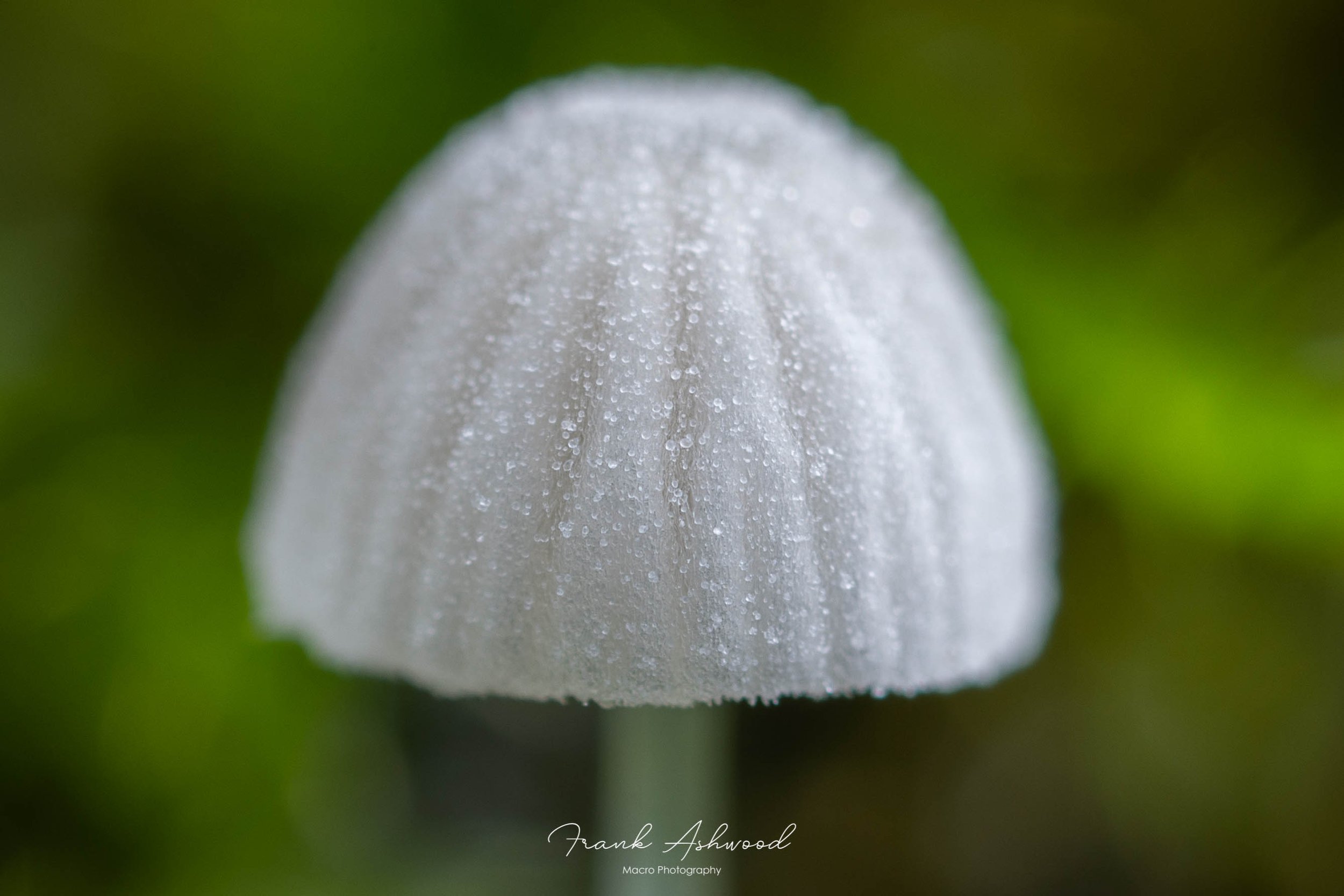

Various fungi on a decaying log
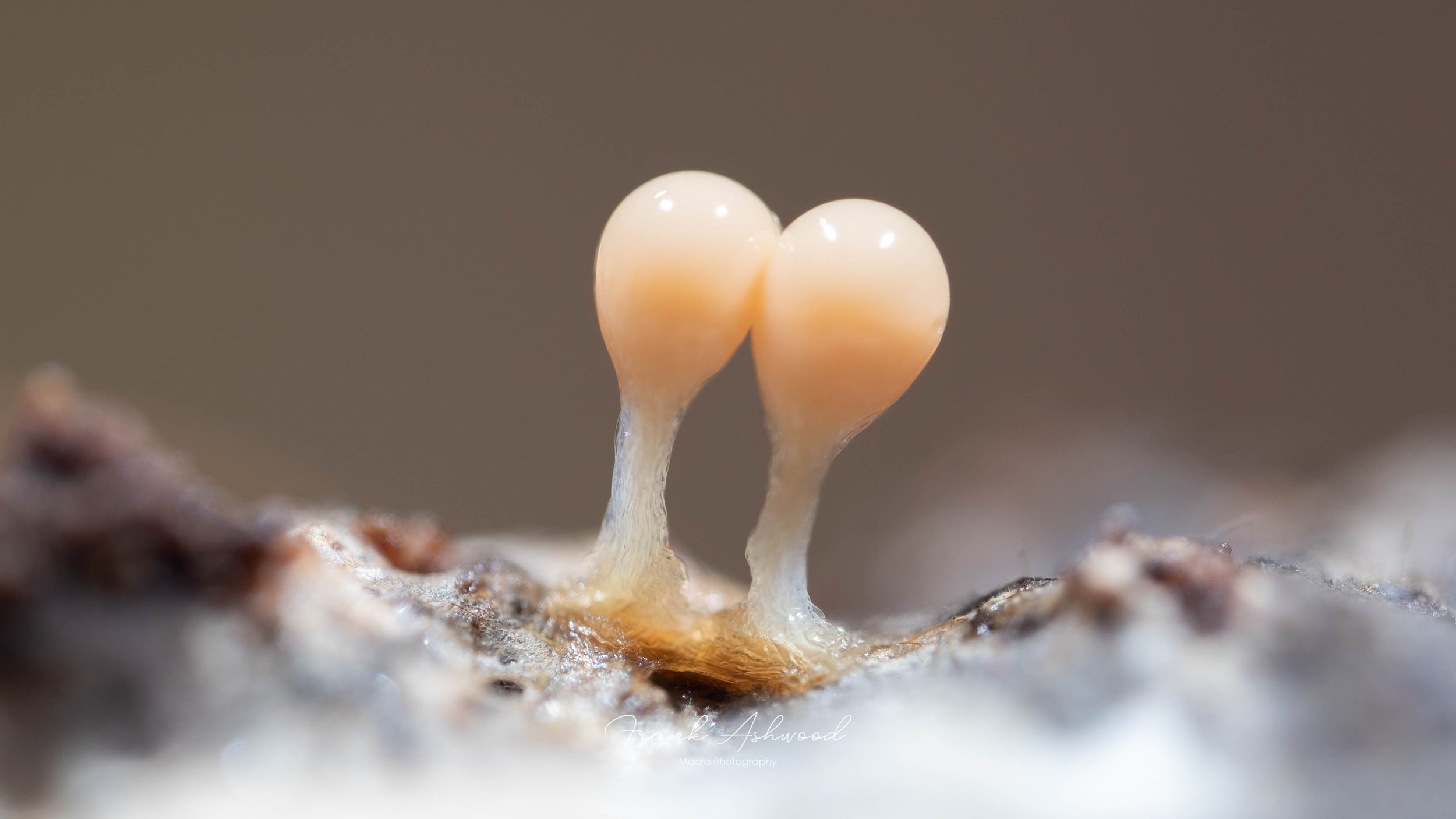
Slime mould fruiting body

Slime mould fruiting body
